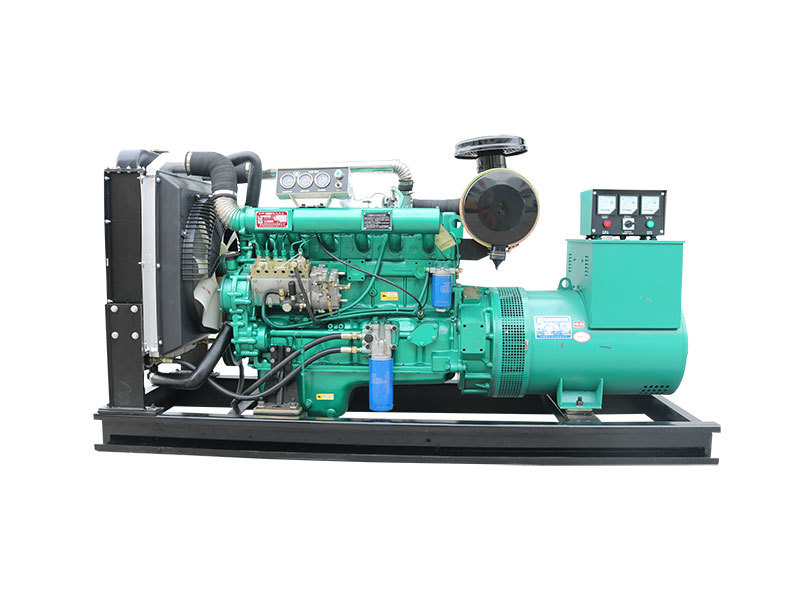When choosing a generator set, two terms frequently pop up: kW and kVA. These units represent different aspects of electrical power, and understanding their distinctions is fundamental to selecting a generator that meets your specific needs. Choosing the wrong generator can lead to overloaded circuits, damaged equipment, or simply an insufficient power supply. So, let’s dive in and demystify these critical power measurements.
kW stands for kilowatts and represents the *real power* or actual work done by a generator. This is the power that devices convert into useful output, like light, heat, or motion. Think of it as the power that actually "gets the job done." If you're running a motor, the kW rating tells you how much power is being used to actually turn the shaft and perform mechanical work.
kVA stands for kilovolt-amperes and represents the *apparent power* of a generator. It's the total power supplied to a circuit, encompassing both the real power (kW) and the reactive power (kVAR). Reactive power, while not contributing to actual work, is essential for creating the magnetic fields needed by inductive loads like motors and transformers. It's a bit like the foam on a glass of beer – it takes up space but doesn’t add to the actual drinkable volume.
The relationship between kW and kVA is expressed through the *power factor* (PF). The power factor is the ratio of real power (kW) to apparent power (kVA). A perfect power factor of 1 means all the apparent power is being used for actual work. However, inductive loads cause a lagging power factor, typically between 0.8 and 0.9. This means a portion of the apparent power is being used to create magnetic fields and isn't contributing to real work.
So, how does this apply to choosing a generator? The kVA rating of a generator determines its total power output capacity. You need to calculate your required kW based on the devices you'll be powering and then factor in the power factor to determine the necessary kVA rating. Using a generator with a kVA rating lower than required can result in overloading and potential damage.
For example, if you need 100 kW of real power and your equipment has a power factor of 0.8, you'll need a generator with a kVA rating of 125 kVA (100 kW / 0.8 PF). Overlooking this calculation could mean selecting an undersized generator, leading to frustrating power shortages.
Understanding the difference is crucial for correctly sizing your generator. Imagine trying to run a large construction site with a generator sized solely based on kW without considering the power factor. You might find your equipment struggling or even failing to start due to insufficient apparent power. The kVA rating ensures you have enough power to support the reactive needs of your equipment, ensuring smooth and reliable operation.
Different types of loads impact the power factor. Resistive loads like incandescent lights and heaters have a power factor close to 1. Inductive loads like motors, welders, and fluorescent lights have a lower power factor, requiring more apparent power. This difference emphasizes the importance of understanding the types of loads you’ll be powering.
Now, let's consider a practical example. You're powering a workshop with several power tools, including a table saw, a drill press, and some lighting. Each tool has its own kW rating and power factor. To correctly size your generator, you need to calculate the total kW requirement and then adjust for the combined power factor. This ensures the generator can handle both the real power demand and the reactive power needed by the motors.
Think about the potential consequences of selecting an improperly sized generator. An overloaded generator can lead to overheating, voltage fluctuations, and even permanent damage to the generator itself and the connected equipment. This can result in costly repairs, downtime, and lost productivity.
So, how do you determine the power factor of your equipment? Many manufacturers provide this information on the equipment label or in the user manual. If the power factor isn't readily available, you can use a power factor meter to measure it directly. This relatively small investment can save you from significant headaches down the road.
In conclusion, understanding the difference between kW and kVA is essential for selecting the right generator set. While kW represents the real power used by your equipment, kVA represents the apparent power supplied by the generator. By considering both values and the power factor, you can ensure you choose a generator that meets your specific needs and avoids costly problems associated with an undersized or overloaded power supply.





